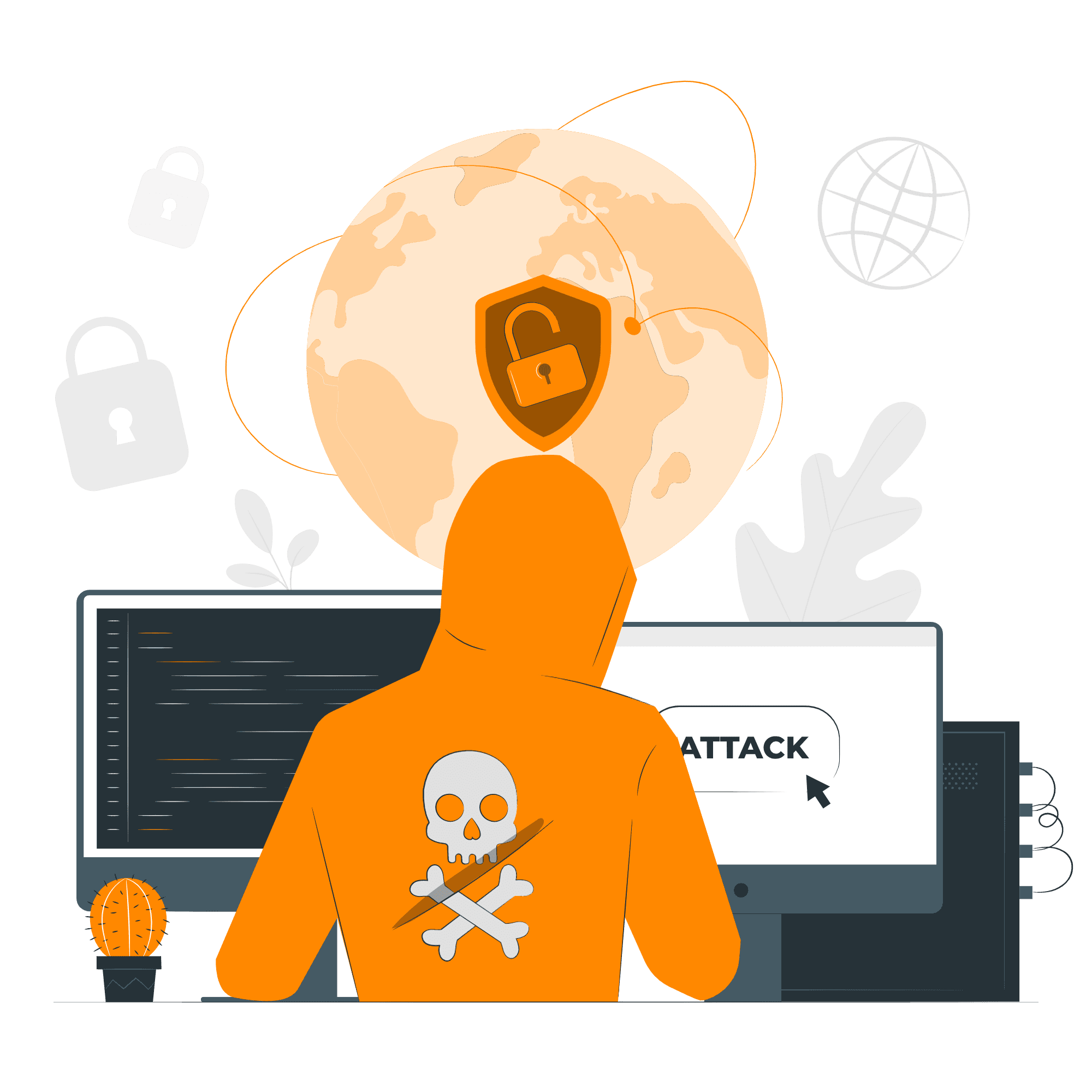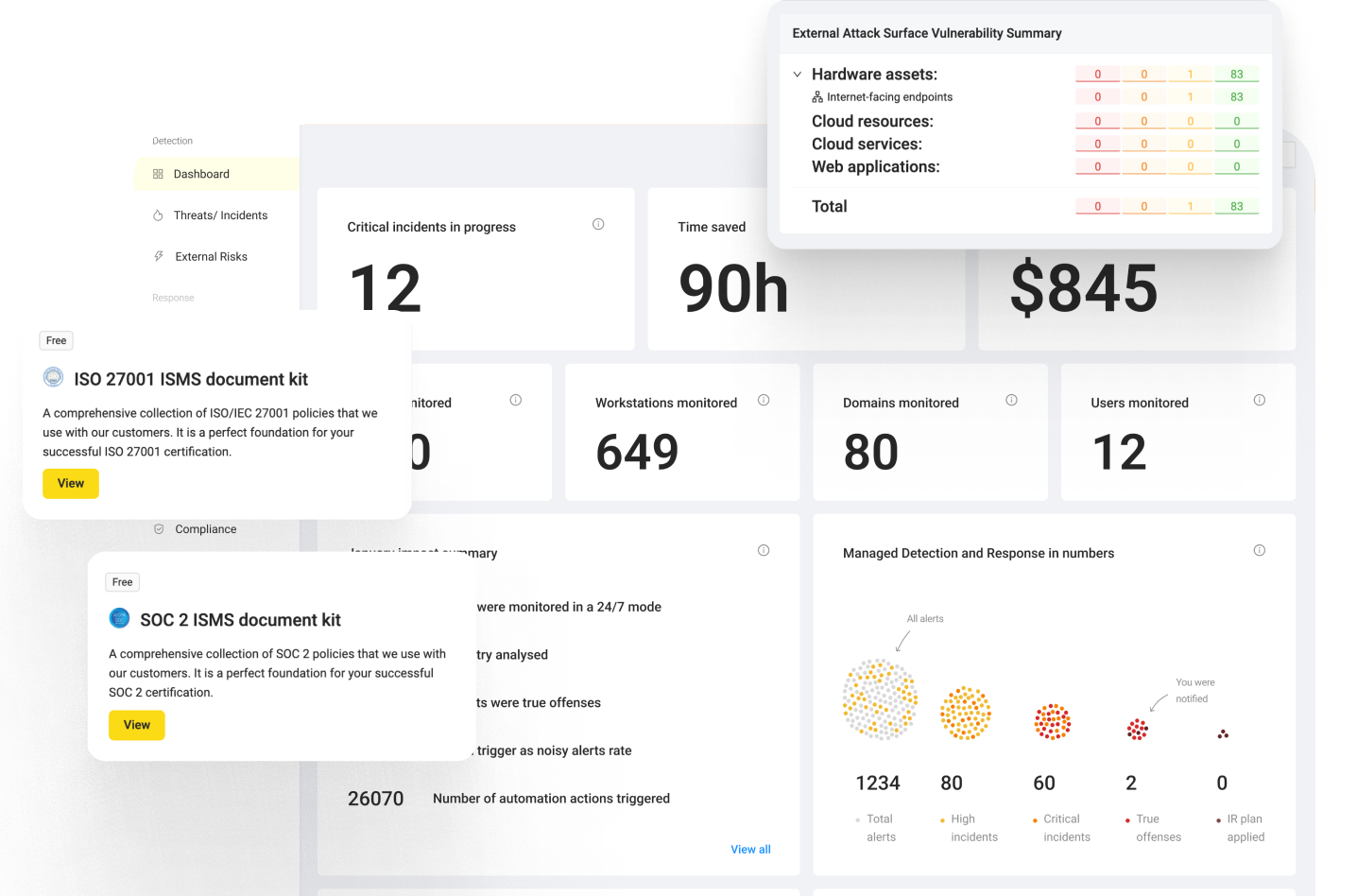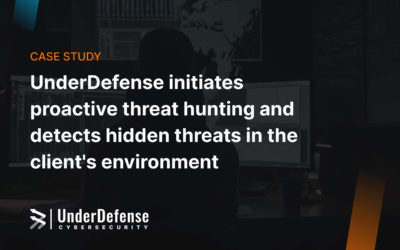Supply-chain cyber attacks have become hacker’s most favorite target. Given the domino effect that a cybersecurity breach might trigger—even if just one link of the supply chain is weakened—the outcomes can be disastrous. SolarWinds, Garmin, or Nissan breaches are just a few examples of threats that are awaiting technology companies just around the corner.
These attacks increase at an unprecedented rate. According to the Identity Theft Resource Center (ITRC) report, 137 supply-chain organizations reported to have been affected by cyber attacks in the first quarter of 2021, impacting 27 different third-party vendors and 7 million people in total. This report states that there is a shocking 564 percent increase in the number of individuals impacted in the first quarter of 2021, as compared to the fourth quarter of 2020.

While this problem is not new (ransomware has been a problem since 2015), nowadays hackers play by new rules to gain even more by remaining undetected. And the level of maturity or experience does not really matter—practically every company is exposed to a cyber-attack risk. Even more so, more and more companies are being attacked through its partners, customers, or suppliers.
As the volume and complexity of cyber-attacks increase at the speed of light, supply chain providers need to proactively assess the current state of things and be on the lookout of the most common pain points that require their immediate attention.
As the volume and complexity of cyber-attacks increase at the speed of light, supply chain providers need to proactively assess the current state of things and be on the lookout of the most common pain points that require their immediate attention.
Here’s just a few of them.
Pain point 1. Undetected attackers
Hackers have honed their skills to quickly intrude into a system and remain unseen, causing lasting damage to both a company itself, as well as its partners, customers, or suppliers.
Pain point 2. Poor security investments
As trivial as it might seem, not all technology companies dedicate their attention to solid security measures. They choose to allocate money into the non-security investments, naively assuming this will not affect them. Chances are high, they will be.
Pain point 3. Breaking cyber etiquette rules
Companies do not spend much time increasing their company’s teams’ awareness about dos and don’ts for keeping their processes safe. By ignoring simple security policy rules, the consequences might be devastating.

Intelligent solutions, aimed at alleviating cyber-attack risks, lie at the heart of every technology company that strives to enhance their security. Among them, there are sophisticated layered security strategies that are being implemented for a robust and resilient cybersecurity architecture. For example, Gartner designed the Predict, Prevent, Detect, Respond framework that helps companies bring security to the next level.
At UnderDefense, we have mapped these elements to our services to deliver solutions with a laser-focused approach to details.
By Oksana Pervenonok
















